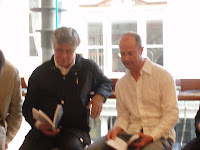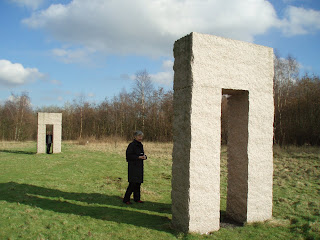
Merry Christmas everyone.







Philip Davenport has a second reading on 21 February 1pm at Adelphi House, Salford University
With the Genius Cantos such an epic labour, I felt the urge to produce something short and quick, hence: * rare as rubricators. It features...
